A Dietitian’s Real-Talk Guide to Protein
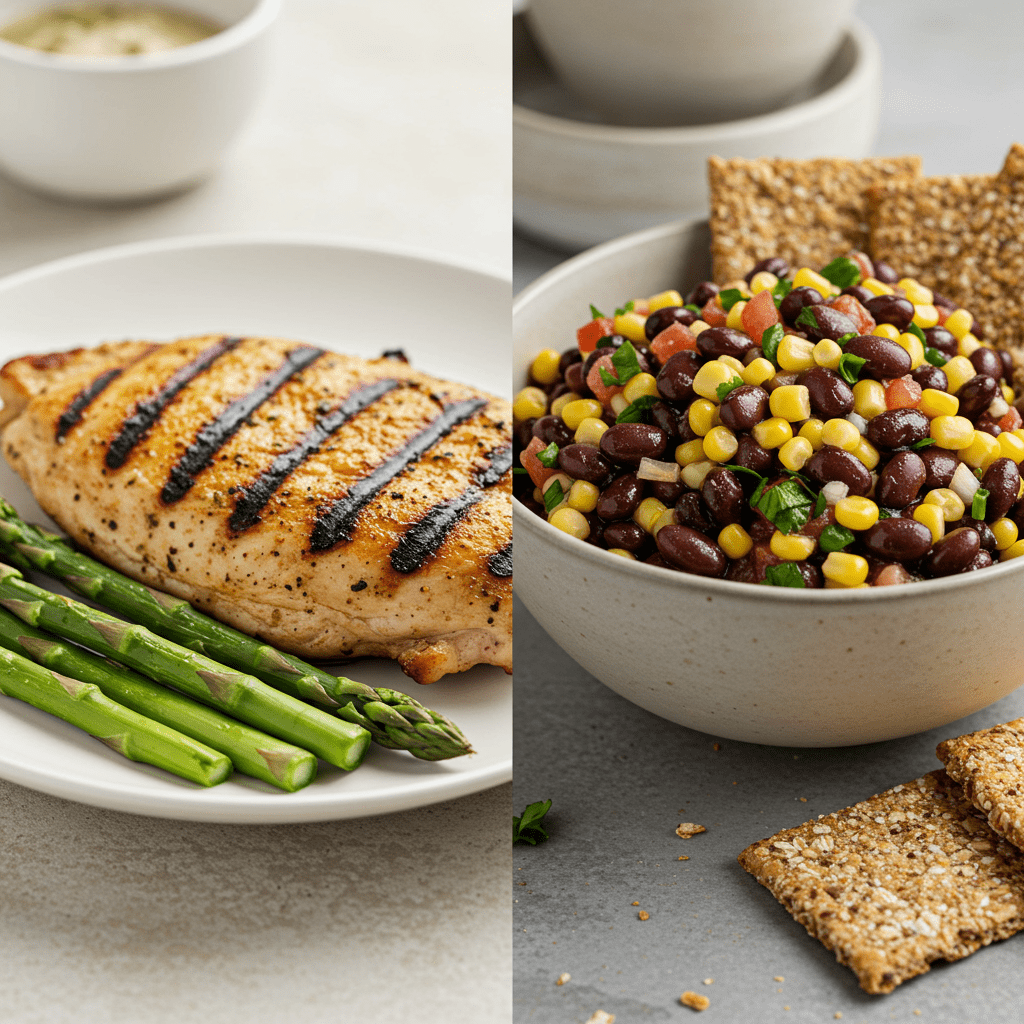
If you feel like you’re constantly hearing about protein, you’re not wrong.
It’s hailed as the key to everything from weight loss to muscle building.
But amidst all the noise of high-protein diets and expensive supplements, it’s easy to get confused.
What’s fact and what’s marketing?
As a Registered Dietitian, my goal is to clear up that confusion.
We’re going to move past the hype and talk about what protein actually does for your body, how to figure out the right amount for you, and the smartest, most delicious ways to get it.
Let’s make protein simple again.
What Does Protein Actually Do For You?
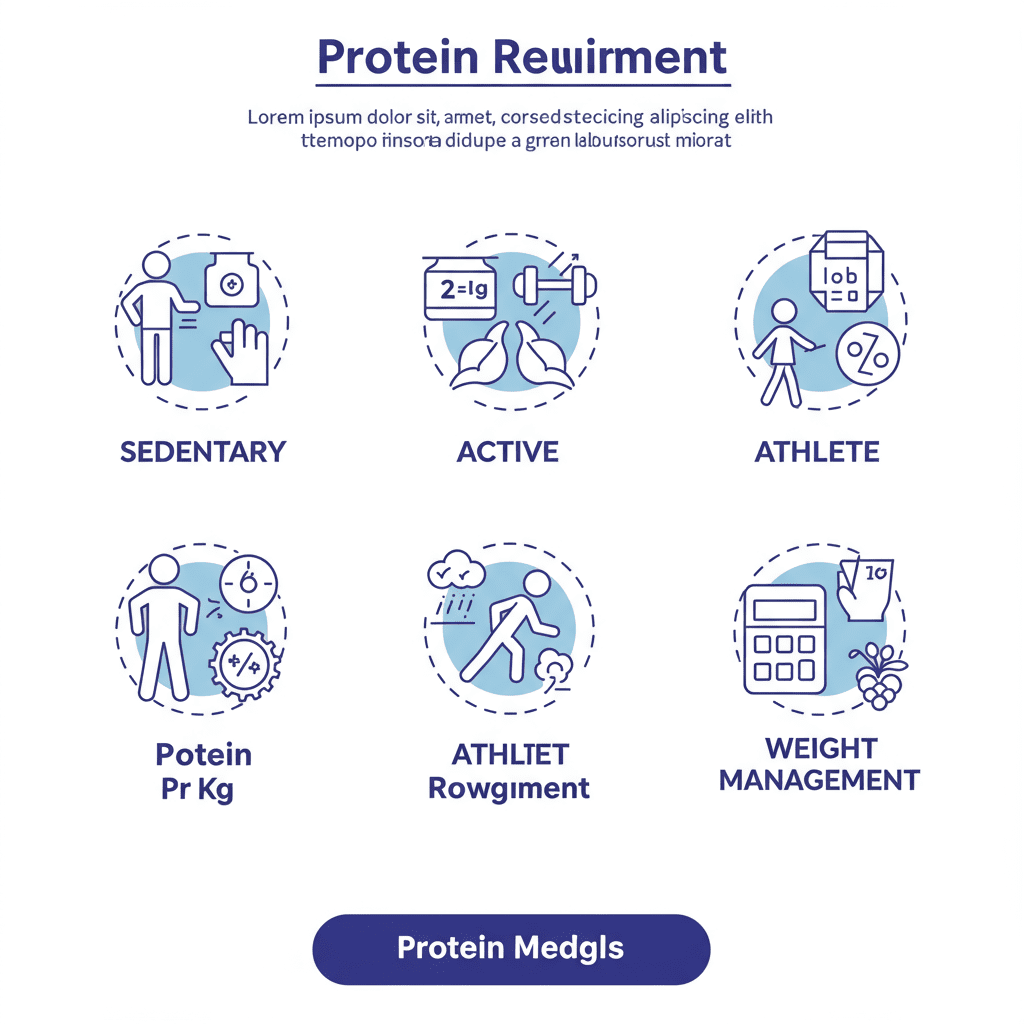
Think of protein as your body’s master builder and maintenance crew.
It’s one of the three main macronutrients, alongside carbohydrates and fats, that provides your body with energy.
But its job is far more complex than just calories.
Protein is made of building blocks called amino acids.
While your body can produce some of these on its own, there are nine “essential” amino acids that you absolutely must get from food.
These amino acids are critical for: – Building and Repairing Tissues: This is the most famous role.
From building muscle after a workout to healing a cut or repairing internal organs, protein provides the raw materials.
– Creating Hormones and Enzymes: Many of your body’s chemical messengers (hormones like insulin) and the catalysts for vital reactions (enzymes for digestion) are made from protein.
Without them, your body’s systems can’t function properly.
– Supporting Your Immune System: The antibodies that identify and fight off bacteria and viruses are proteins.
A sufficient intake is your immune system’s first line of defense, a fact supported by research in the British Journal of Nutrition.
– Promoting Satiety: This is a big one.
Protein is the most satiating macronutrient.
It triggers the release of fullness hormones like cholecystokinin (CCK), which sends a powerful signal to your brain that you’re satisfied.
This is why a protein-rich breakfast can keep you from raiding the snack cabinet mid-morning.
So How Much Protein Do You Really Need?
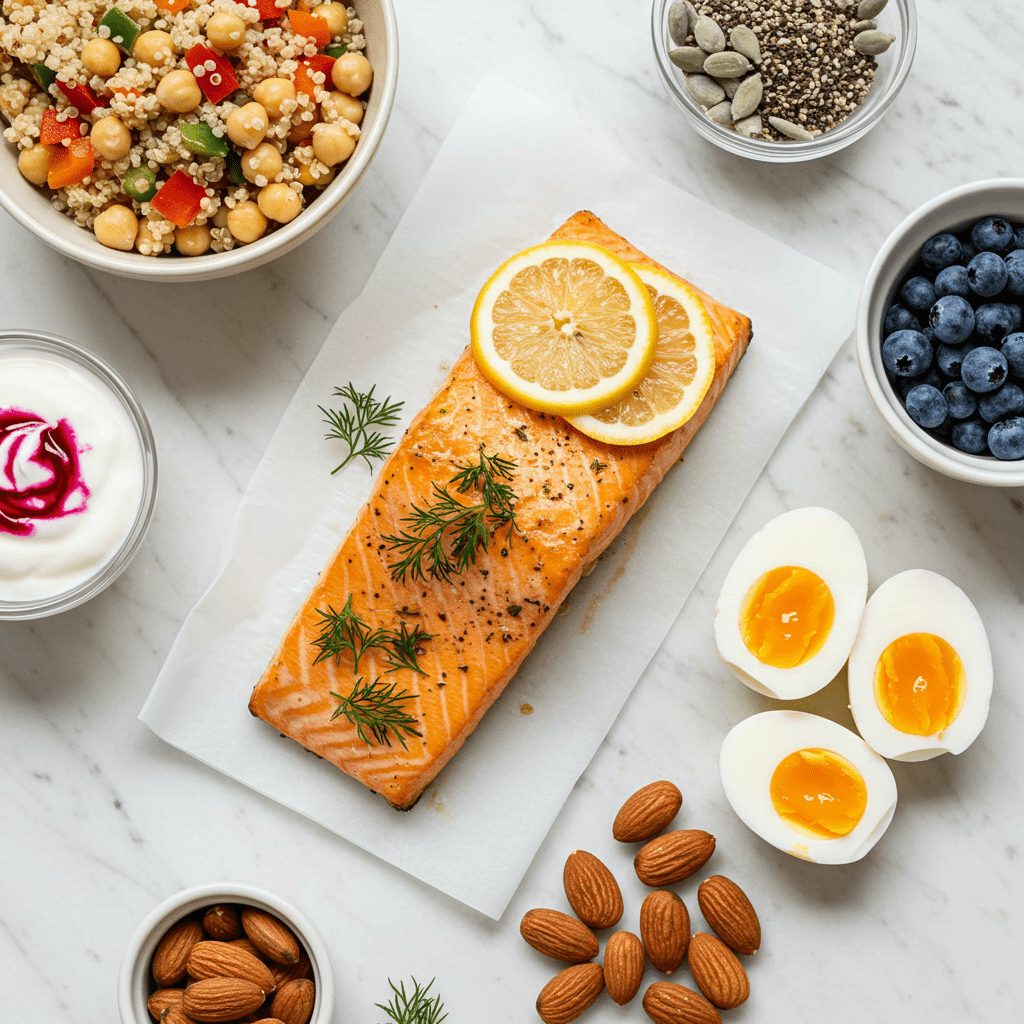
This is the most common question I get, and the generic answer of “it depends” is frustratingly true. The Recommended Dietary Allowance (RDA) is a modest 0.8 grams of protein per kilogram of body weight. For a 150-pound (68kg) person, that’s about 54 grams per day. However, as I always tell my clients, this is the minimum to prevent deficiency, not necessarily what’s optimal for your goals. A more personalized approach is needed:
– For the Average, Mostly Sedentary Adult: The 0.8 g/kg minimum is a reasonable starting point. This is easily met with a balanced diet.
– For Active Individuals (Regular exercise 3-5 days/week): Your needs increase significantly. The American College of Sports Medicine recommends 1.2 to 1.7 grams per kilogram of body weight. That same 150-pound person would now need 82 to 116 grams of protein to effectively repair muscle and support their active lifestyle.
– For Those Focused on Building Muscle: If you’re seriously strength training, you’re in that higher range of 1.6 to 2.2 g/kg.
– For Weight Management: Studies, including a prominent 2015 review in The American Journal of Clinical Nutrition, have shown that higher protein intakes (around 1.2 to 1.6 g/kg) can be beneficial. The high satiety factor helps reduce overall calorie intake without feeling deprived.
How to Calculate Your Target:
1. Find your weight in kilograms: Your weight in pounds / 2.2
2. Multiply by your activity factor: (e.g., 68kg x 1.2 = ~82g protein)
Don’t fixate on hitting the exact number every day. Think of it as a target to aim for on average.
Where Should You Get Your Protein From?
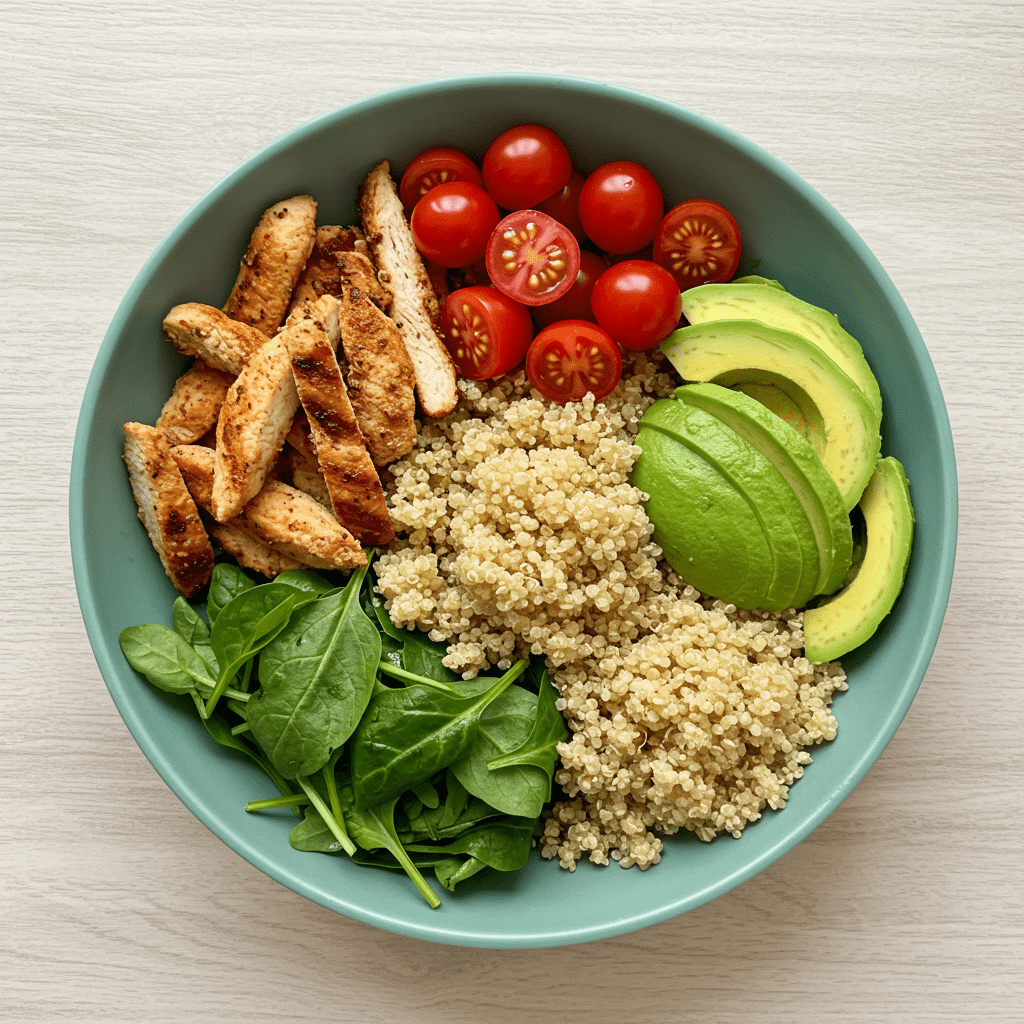
Forget the idea that protein only comes from a steak or a chicken breast.
Your options are vast, and the best approach incorporates a variety of sources.
We categorize them into two main groups: Complete Proteins (Typically Animal-Based) These foods contain all nine essential amino acids.
They are a highly efficient way to meet your protein needs.
– Examples: Lean meats (chicken, turkey, lean beef), fish (salmon, tuna), eggs, and dairy products like Greek yogurt and cottage cheese.
A 3oz serving of chicken breast contains about 26g of protein, while a single cup of Greek yogurt can pack over 20g.
Incomplete Proteins (Typically Plant-Based) Most plant-based sources are “incomplete,” meaning they are low in one or more of the nine essential amino acids.
But this is an easy problem to solve!
By eating a variety of plant sources throughout the day, you can easily get all the amino acids you need.
This is known as protein complementation.
– Examples: Legumes (lentils, chickpeas, black beans), nuts (almonds, walnuts), seeds (chia, hemp, sunflower), and whole grains (quinoa, oats).
– Smart Combinations: You don’t even have to eat them in the same meal.
A classic example is rice and beans.
Separately they are incomplete, but together they provide all essential amino acids.
The same goes for whole-wheat toast with peanut butter.
As a dietitian, I encourage my clients to think about their whole day.
If you have oatmeal for breakfast and a lentil soup for lunch, you’re doing it right.
The Harvard T.H. Chan School of Public Health notes that swapping some red meat for sources like beans, nuts, or fish can have significant health benefits.
The key is variety.
Does It Matter *When* You Eat Protein?
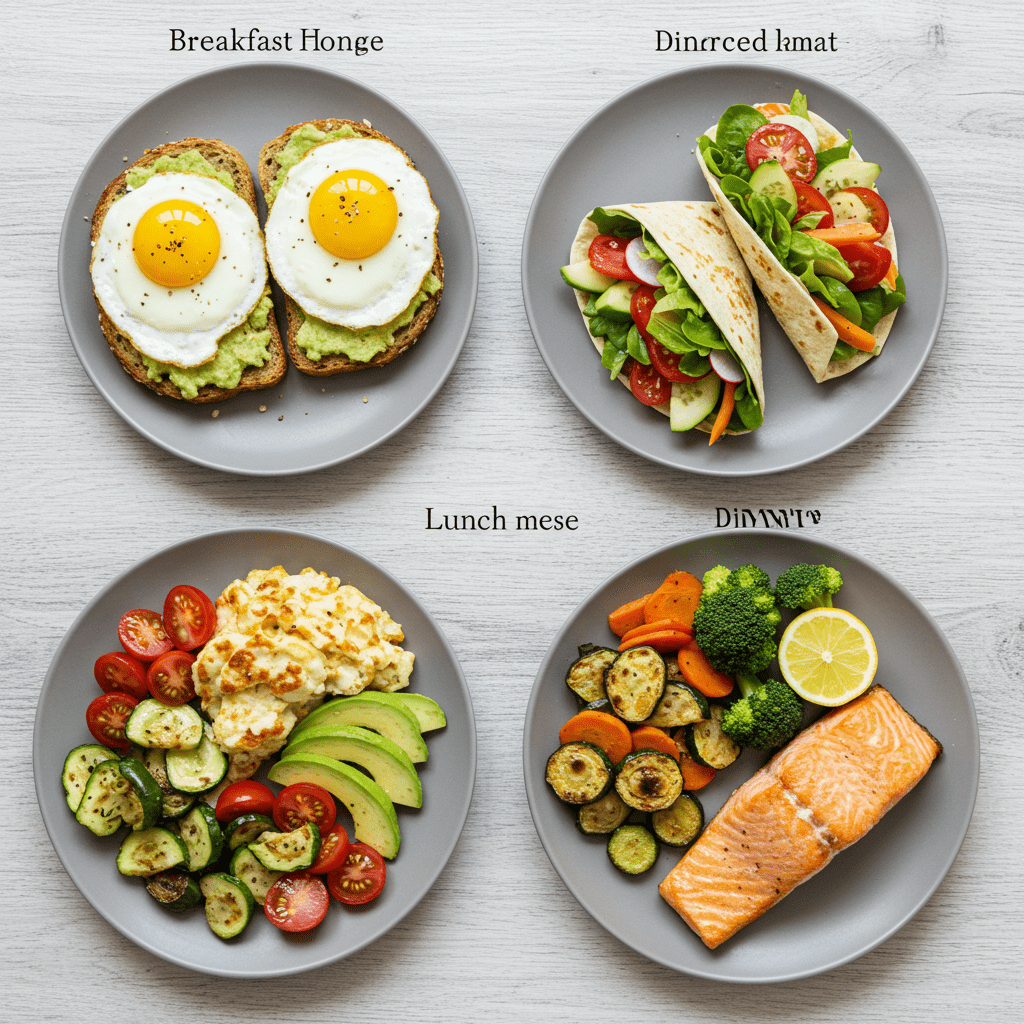
Yes and no.
Your body doesn’t store protein in the same way it stores fat or carbs, so you can’t just “load up” at dinner and expect it to work for you all day long.
Research has consistently shown that spreading your protein intake evenly throughout the day is superior for muscle health and satiety.
Think of it like watering a plant.
You can’t just dump a week’s worth of water on it Monday and hope for the best.
A little bit each day leads to better results.
A 2014 study in the Journal of Nutrition found that muscle protein synthesis (the process of building muscle) was 25% higher in individuals who distributed protein intake evenly across breakfast, lunch, and dinner, compared to those who ate the majority of their protein in the evening.
Practical Tip: Aim for at least 20-30 grams of protein with each of your three main meals.
If your breakfast is just a piece of toast, you’re missing a huge opportunity.
Try adding two eggs (12g protein) or a scoop of Greek yogurt (15-20g protein) to start your day strong and stay full until lunch.
Let’s Bust Some Common Protein Myths

The protein market is a multi-billion dollar industry, and it thrives on a few pervasive myths.
Let’s clear the air on the most common ones I hear from my clients.
Myth 1: Everyone Needs Protein Shakes and Supplements.
The Truth: For the vast majority of people, whole food is the best way to get protein.
Supplements are a matter of convenience, not necessity.
They can be useful if you struggle to meet your needs due to a high activity level, a poor appetite, or a very busy schedule.
But they are not inherently superior to a chicken breast or a bowl of lentils.
Before you spend money on a big tub of powder, track your intake from food first.
You might be surprised that you’re already getting enough.
Myth 2: More Protein is Always Better.
The Truth: There’s a point of diminishing returns.
Once you’ve met your body’s needs for repair and function, consuming extra protein doesn’t lead to bigger muscles or better health.
Your body will simply convert the excess amino acids into glucose for energy or store them as fat.
While high-protein diets are generally safe for healthy individuals, consistently eating far more than you need can put unnecessary stress on your kidneys and your wallet.
Focus on enough, not on excess.
Myth 3: You Have to Cut Out Carbs to Benefit from Protein.
The Truth: This is a false dichotomy perpetuated by fad diets.
In fact, protein and carbohydrates work together as a team.
Carbs provide the fast energy needed to fuel your workouts, while protein works to repair the muscle you’ve just trained.
Consuming them together in a post-workout meal can actually enhance recovery and glycogen replenishment, according to the International Society of Sports Nutrition.
A balanced plate is a powerful plate.
Conclusion
Protein is undeniably a cornerstone of good health, but feeling confident about it doesn’t require a Ph.
D.
or a pantry full of supplements.
The key is focusing on enough, not excess.
By spreading quality protein sources throughout your day, you support everything from your metabolism and muscle health to your energy levels and appetite control.
Start by understanding your personal needs, incorporate a variety of plant and animal sources you enjoy, and listen to your body’s signals of fullness and satisfaction.
That’s the sustainable path to making this powerful nutrient work for you.
